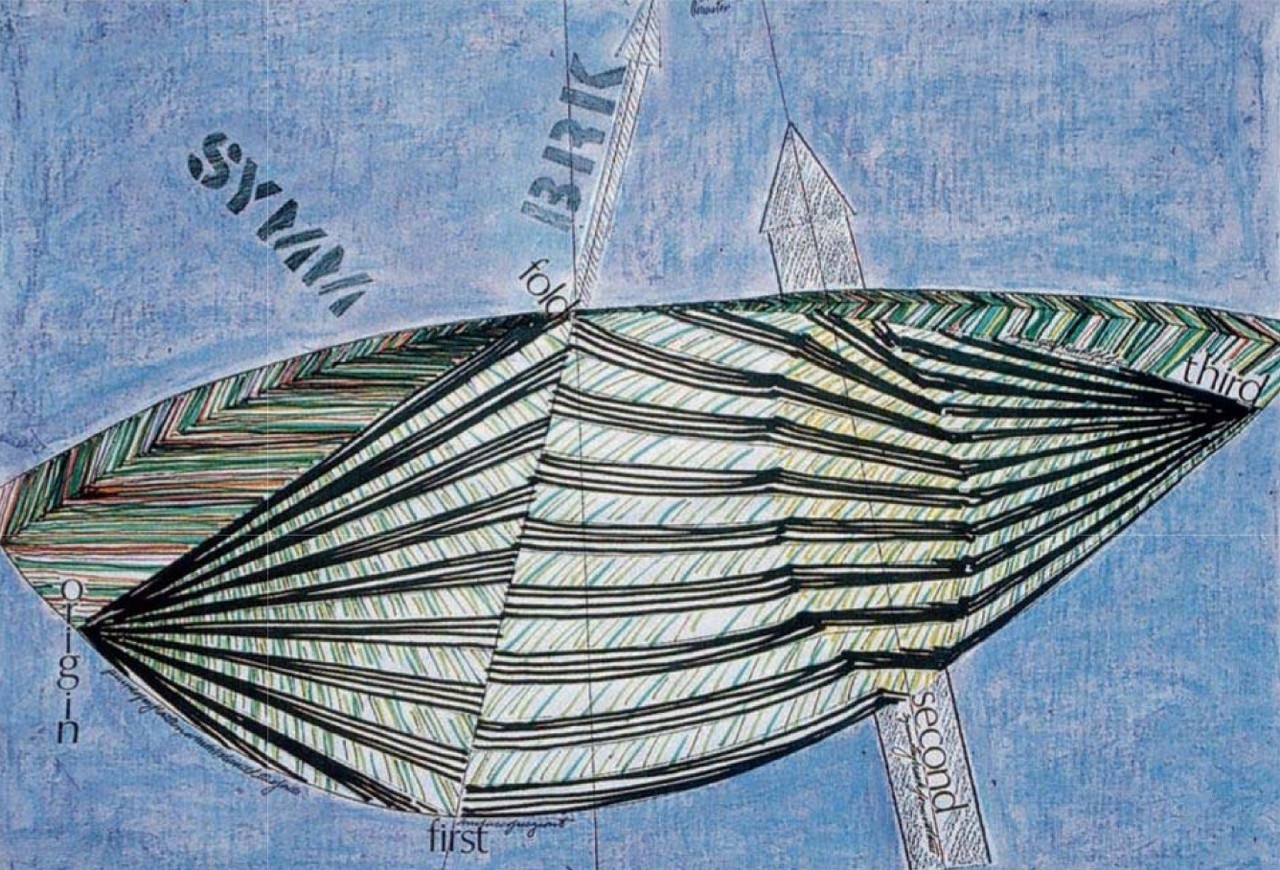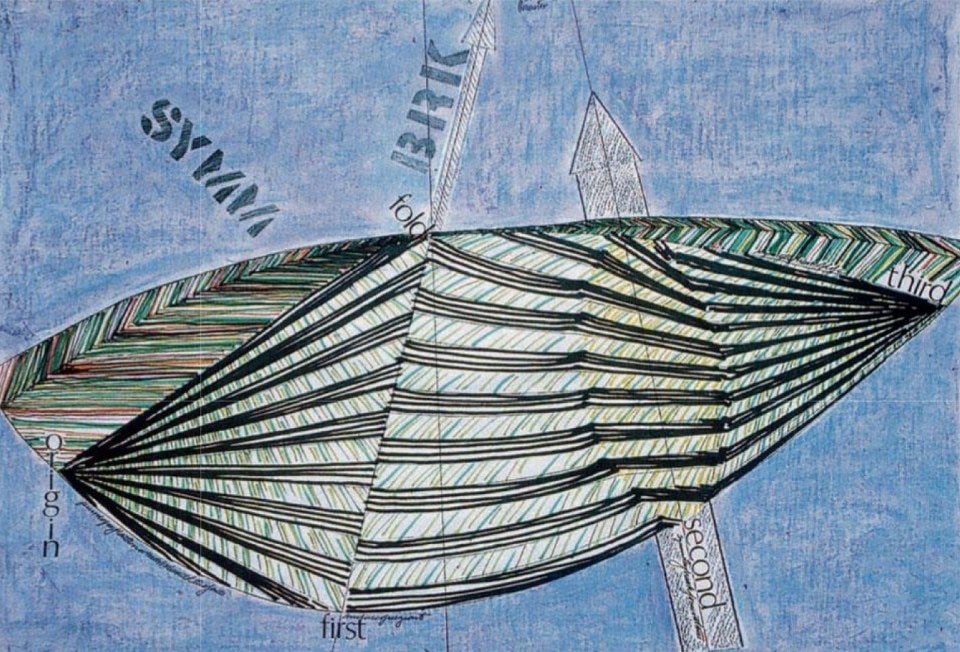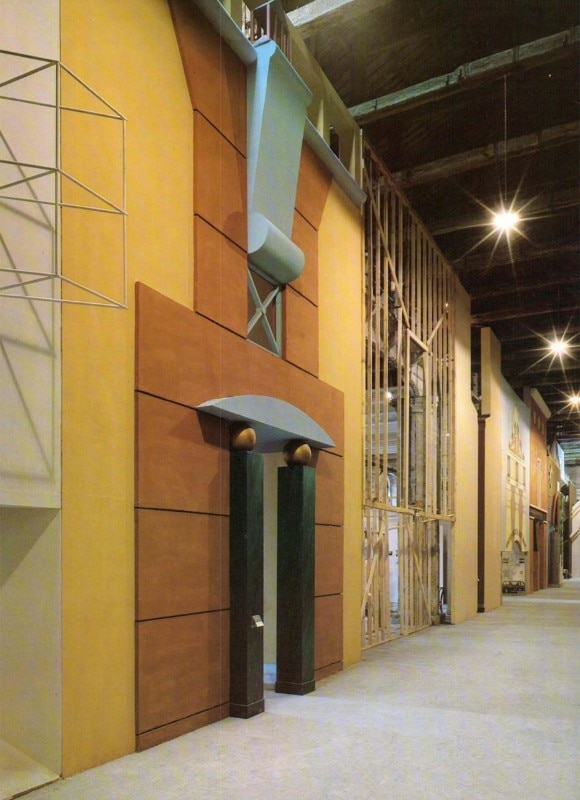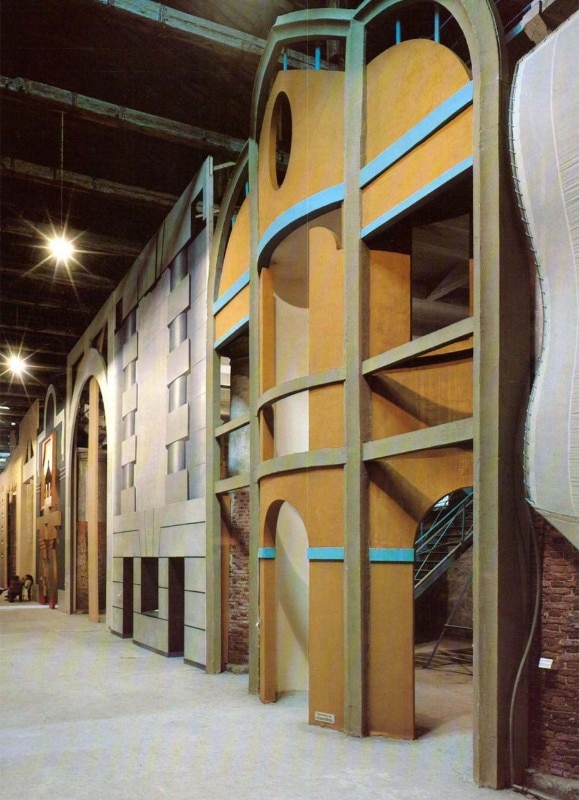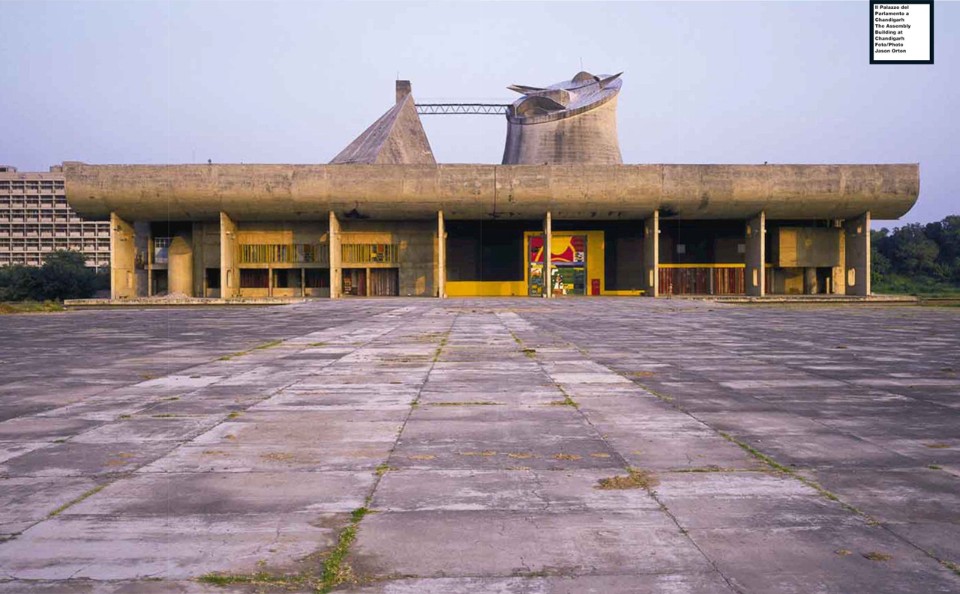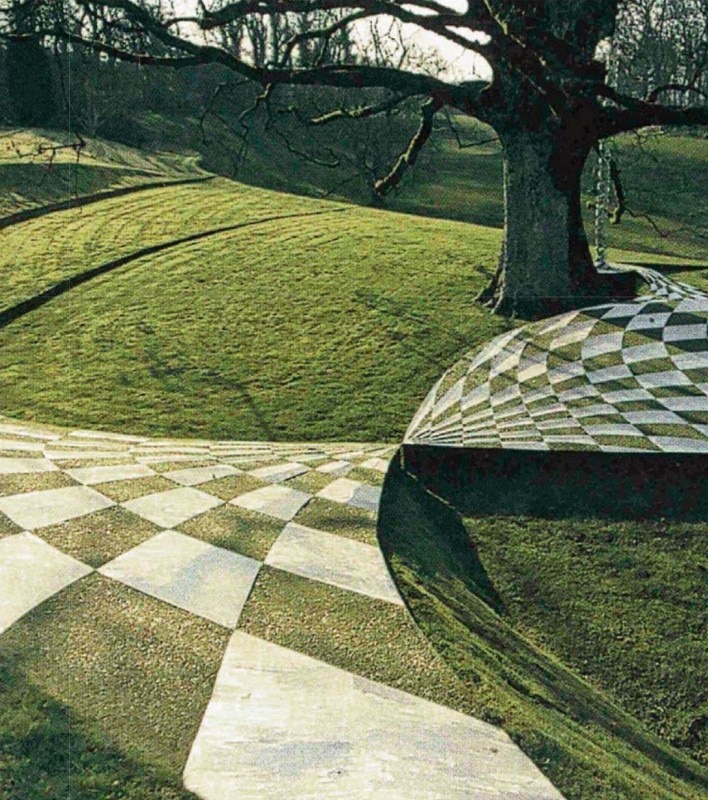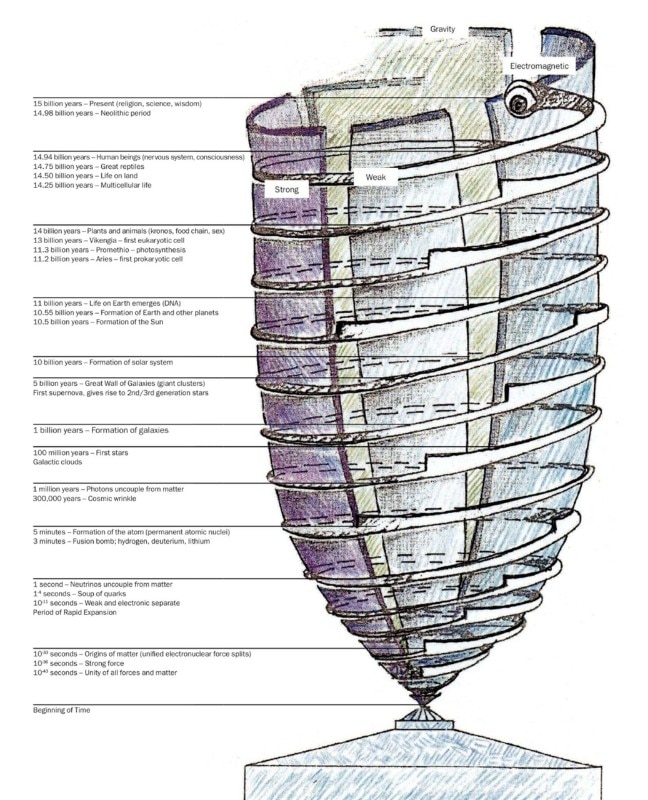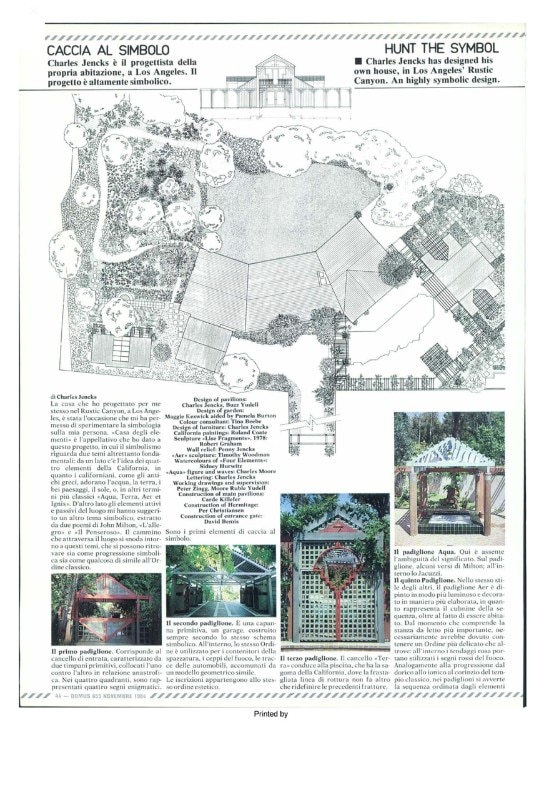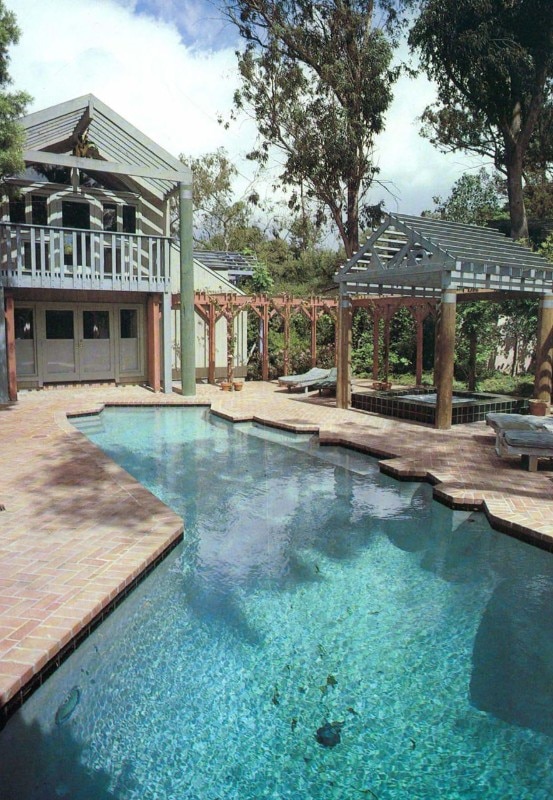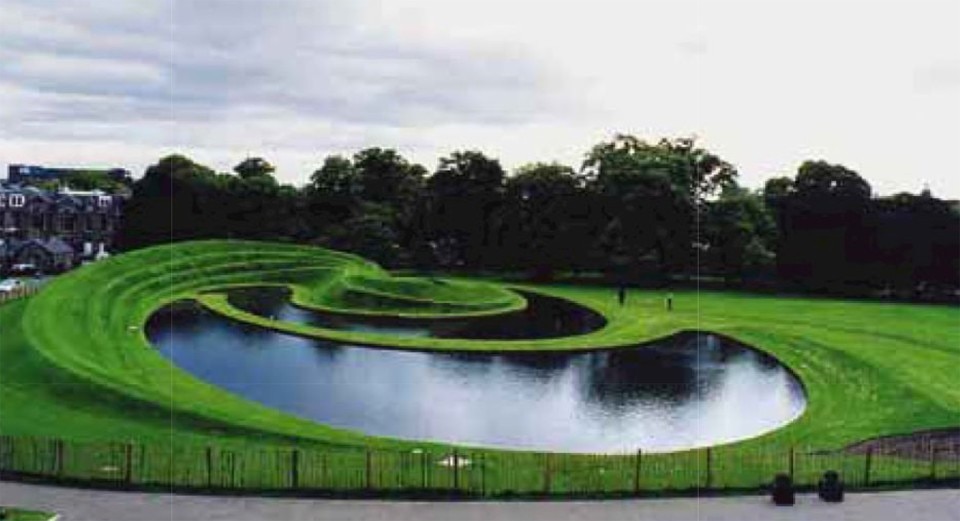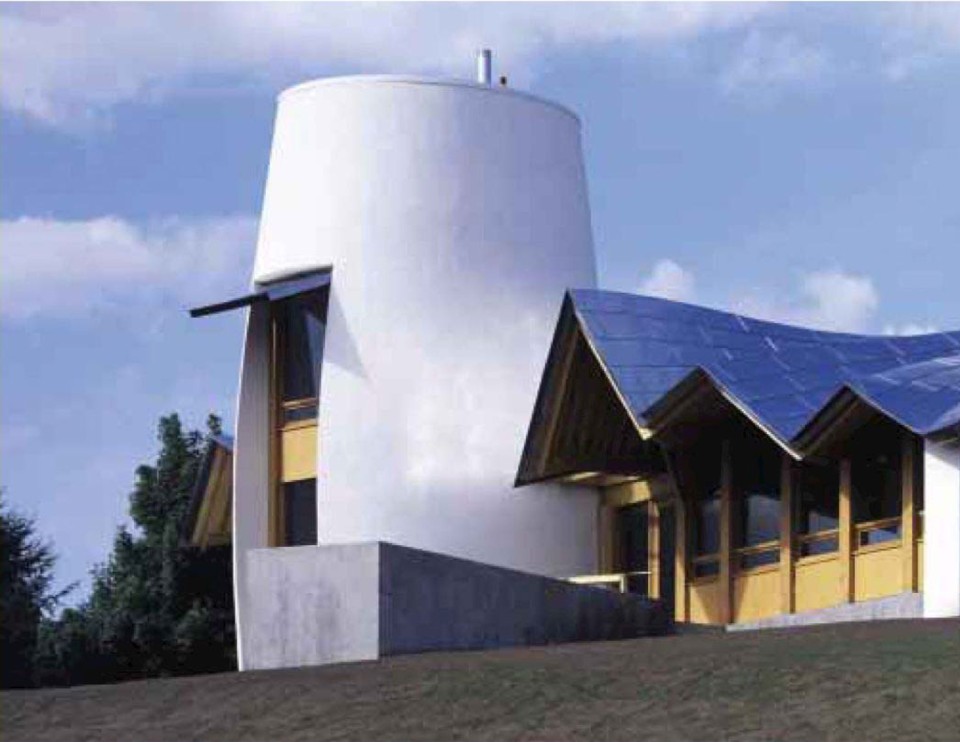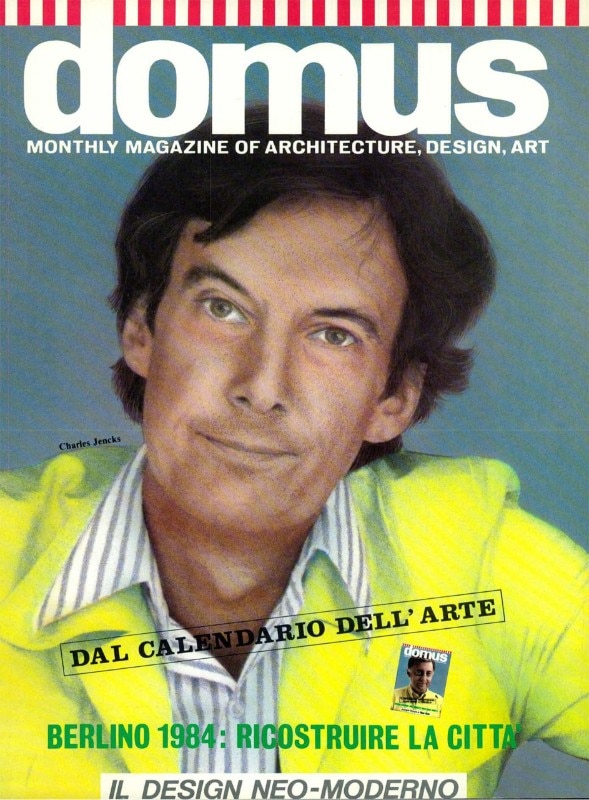Historicism, Neo-Vernacular, Adhocism, Contextualism, Metaphorical and Metaphisical architecture: through a unbiased and clairvoyant effectiveness, Charles Jencks has been building categories thet have gradually granted a chance for the Post-Modern wave — more generally, for some expressions that followed the heroic years of Modern — to be understood and interpreted. Generating and legitimating certain historical milestones, such as the demolitions at th Pruitt Igoe complex in St. Louis in 1972 — identified as the last stop for Modern — ceaselessly working on several re-editions of his fundamental The language of Post-Modern Architecture (1977), Jencks has sparked contrasting reactions and debates concerning his theoretical positions and his research.
Jencks has expressed himself on Domus in different aspects of his persona, starting from the review signed by Agnoldomenico Pica of the Meaning of architecture reader he participated in 1975.
He did it mostly as a critic and a creator of categories — a role that got him the contribution as a co-curator to the 1980 Venice Architecture Biennale, dealing with a subject he described with these words:
“Postmodern defined means this double-coding, a stricter definition. I understood only after the first edition of my book in 1977. The definition opposes this heterogeneous group with that which they are often confused — Late-Modernists.
Today one still finds that journalists, editors and the public at large confuse this two basic approaches: they imagine that everything that is playful, strange, more Modern than Modern, is Post-Modern — and hence, Peter Eisenman becomes a Post-Modernist. (…) Furthermore, Post-Modern Classicism is an identifiable style and philosophical approach (gathering fragments of contextualism, eclecticism, semiotics and particular architectural traditions into its hybrid ideology).”
(Presence of the Past, Domus 610, October 1980)
The fashion can be liberating, and the vagueness and the pluralism of the term equally so, especially as Modernism (and perhaps Late-Modernism?) becomes more and more doctrinaire and exclusivist. (Charles Jencks, 1980)
A builder of images, a taxonomist of stories, he has provided a contextual portrait of Le Corbusier in a work partly published on Domus in 2001:
“If any one architect is to be singles out, and it would be awkward to have an heroic period without a hero, then it would have to be Le Corbusier (…) The classical hero in Western Culture is a hero who sees the major problems confronting society, sees them rationally (…) he is morally and personally involved in this action, in a way which is different from those who are part of a movement or a Zeitgeist.”
(Le Corbusier and the continual relvolution, Domus 833, January 2001)
When he has not been authoring texts, several critues and reviews have explored the works by Charles Jencks: after Pica, also Federico Bucci (Architecture Today, Domus 767, January 1995), Dejan Sudijc (Reputations, Domus 852, October 2002), Gianni Pettena (Jencks updates himself, Domus 857, March 2003), Andrea Branzi (Charles Jencks: the brilliant critic, pragmatic architect and inventor of handy slogans, sets out his ideas on future world scenarios in an essay with an objective slant, Domus 943, January 2011).
Charles Jencks: the brilliant critic, pragmatic architect and inventor of handy slogans (Andrea Branzi, 2011)
Jencks has then expressed himself on Domus as an architect, engaged since the beginning in merging an entire landscape of symbols and references, literatures and cosmologies, into projects such as his home in Los Angeles: a house of the elements, reuniting the four elements of California (Aqua, Terra, Aer and Ignis) and combining them in an inspiration to the poems by John Milton, L’allegro and Il pensieroso, generated by using “decoration and sculpture in semantic, rather than aesthetic, terms”
(Hunt the symbol, Domus 655, November 1984)
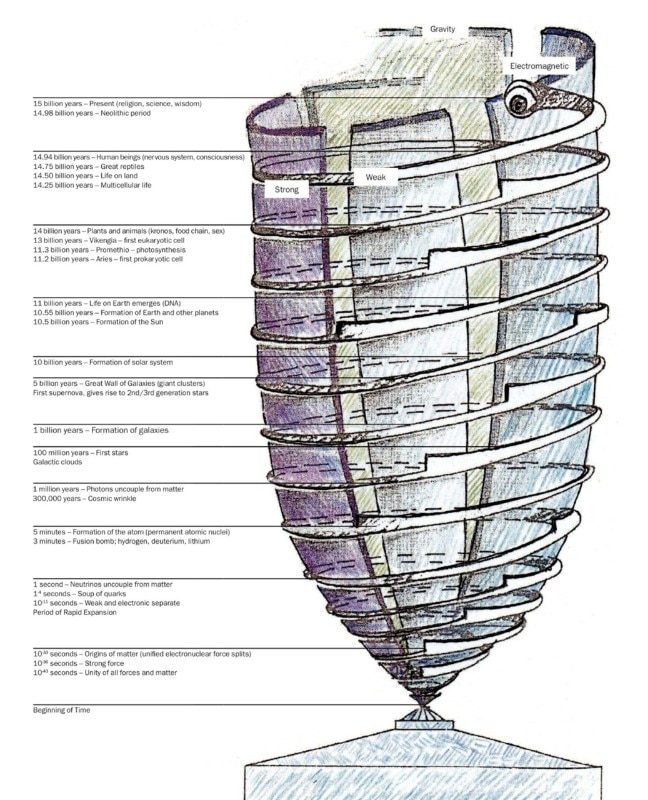
According to the indefatigable critic Charles Jencks the ‘new paradigm’is the next big thing for architecture.Given that we now understand the nature of the universe very differently from the waty we did 50 years ago, why should we go on clinging to the right angle when we build, when nature has quite different ways of organizing itself? (Dejan Sudijc, 2002)
Still, another aspect of Charles Jencks as an architect has found space on Domus, when the personal dimension of his story has not been hidden, becoming instead the starting point for a project he personally promoted, involving several international architects: the Maggie Centres, places that have been conceived together with his wife Maggie Keswick during the final times of her disease, to grant a positive quality of life to people suffering from cancer:
“When her own cancer recurred, she was given three or four months to leave, but partially because of her fighting spirit and our efforts, she managed to survive 27 months. That taught us the lessons that she and I (…) have developed in the Centres (…) Combining the mix of informality, domesticity and creative risk (…) it lead to the open plan that compresses many activities in a small place, the idea of intimacy, a friendly, home-like atmosphere coupled with provocative architecture.”
(Maggie’s Place, Domus 865, December 2003)


